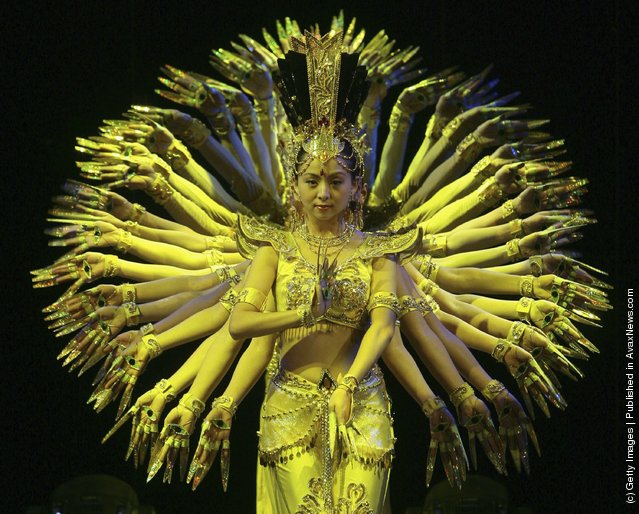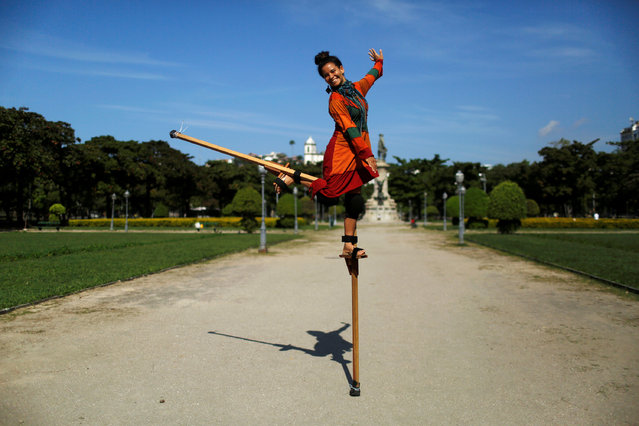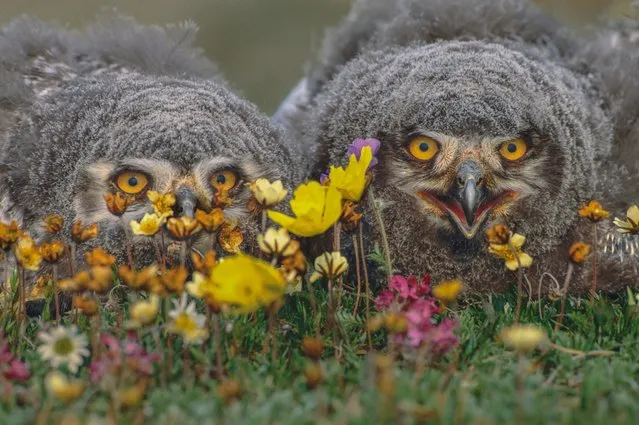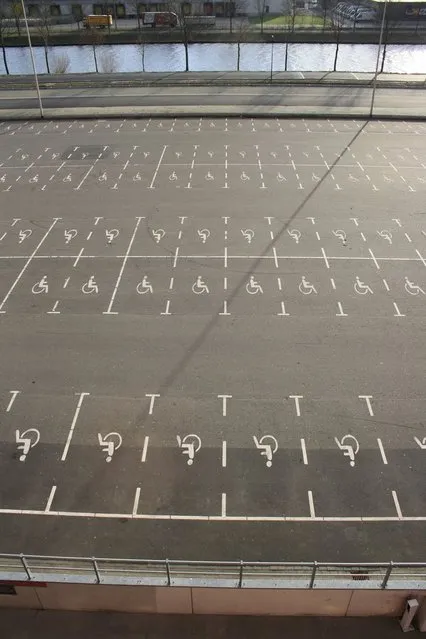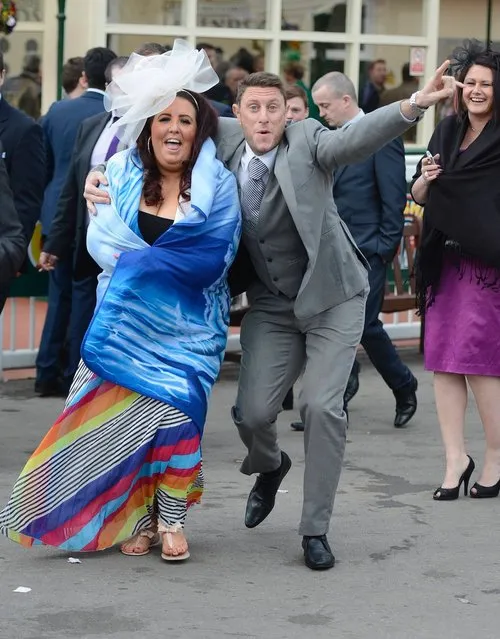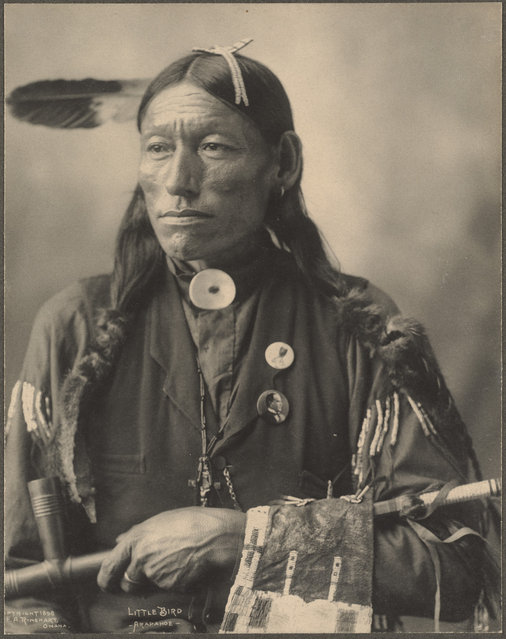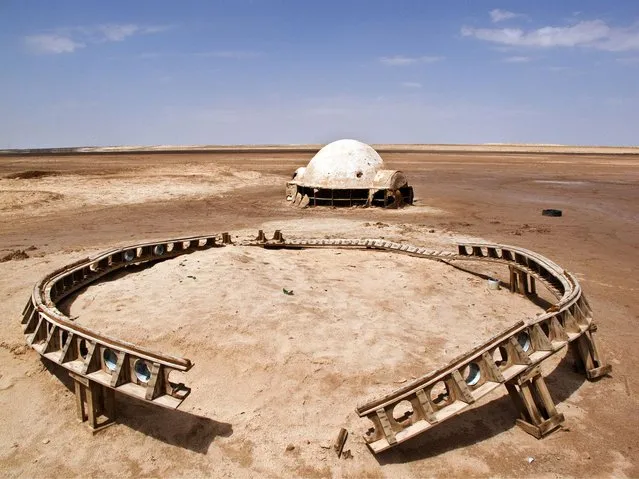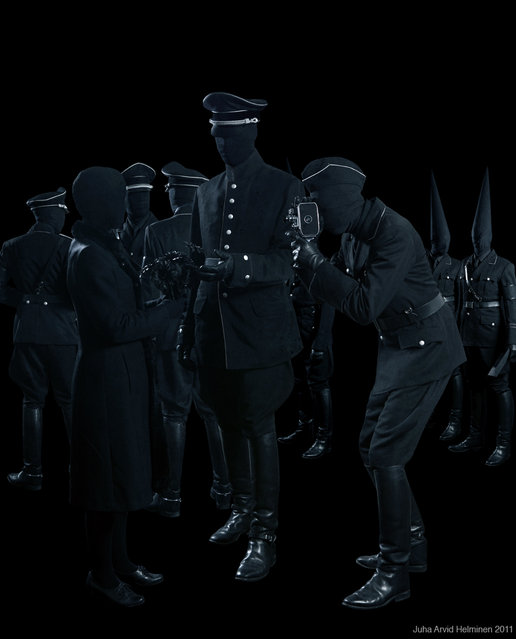
This visually striking photo series by Juna Helminen captures an unsettling portrait that really doesn't fail to creep the living hell out of me. But I digress, I think its absolutely beautiful work by the Helsinki based artist who goes by the name of Immanuel on Deviantart. There are some really subtle undertones in this series, including fanaticism and loss of individuality. The lighting in these photographs, as well as the compositions are pretty damn amazing as well...If you like the surreal movies of Tarsem or played any of the Silent Hill games..Or are just looking to be creeped out, you'll love the rest of the images from this series after the break.
15 Jun 2012 16:51:00,post received
0 comments

